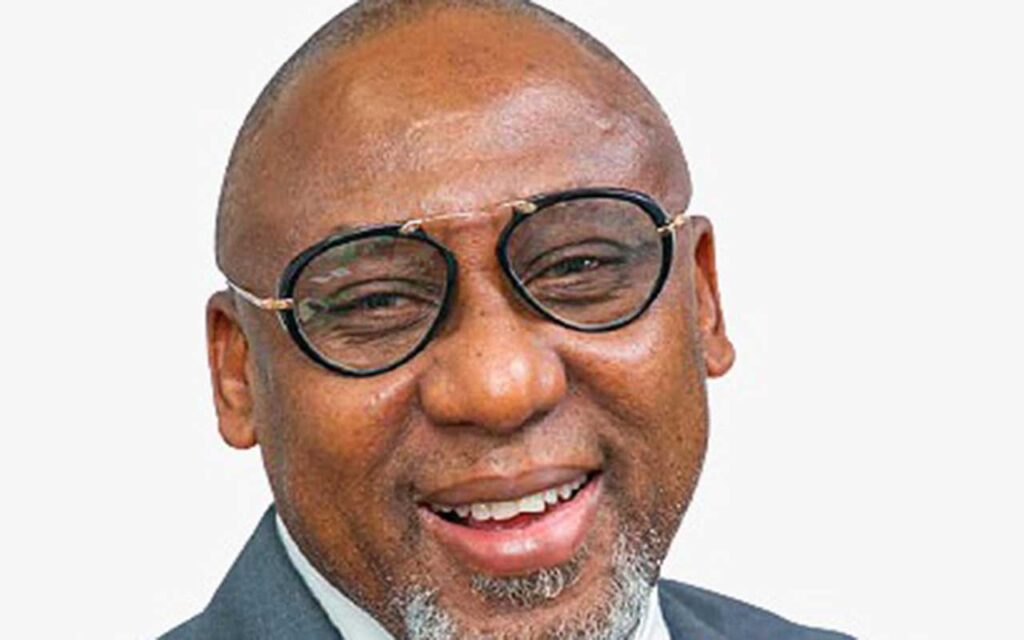
IT might be the last thing middle-aged people want to know, but scientists have developed a test that accurately predicts their chance of dying within the next five years.
The research was published in The Lancet.
From Thursday people aged between 40 and 70 can answer a set of simple questions to gauge their health and find out their chance of making it to 2020.
And the scientists claim they do not even need to carry out a physical examination to accurately predict the risk. Instead, people are questioned about their walking speed, financial situation, previous illnesses, marital status and whether they have had previous illnesses.
Participants can calculate their five-year mortality risk as well as their “Ubble Age” – the age where the average mortality risk in the population is most similar to the estimated risk. Ubble stands for “UK Longevity Explorer” and researchers say the test is 80 per cent accurate.
To create the test, Professor Ingelsson and Dr Andrea Ganna, from the Karolinska Institutet in Sweden, analysed data collected between 2006 and 2010 from nearly half a million British adults aged between 40 and 70 years.
They then worked out what health and lifestyle factors were the best indicators of short-term death.
Surprisingly they found that self-reported health information was generally a stronger predictor of death than biological measurements, such as pulse rate and blood pressure. Walking pace, judged as brisk, slow or steady was found to be linked more strongly to death risk in both men and women than smoking habits and other lifestyle factors.
The developers say they hope that it will help those people at risk to make lifestyle changes before it is too late.
“The fact that the score can be measured online in a brief questionnaire, without any need for lab tests or physical examination, is an exciting development,” said Ganna.
“We hope that our score might eventually enable doctors to quickly and easily identify their highest risk patients, although more research will be needed to determine whether it can be used in this way in a clinical setting….”










